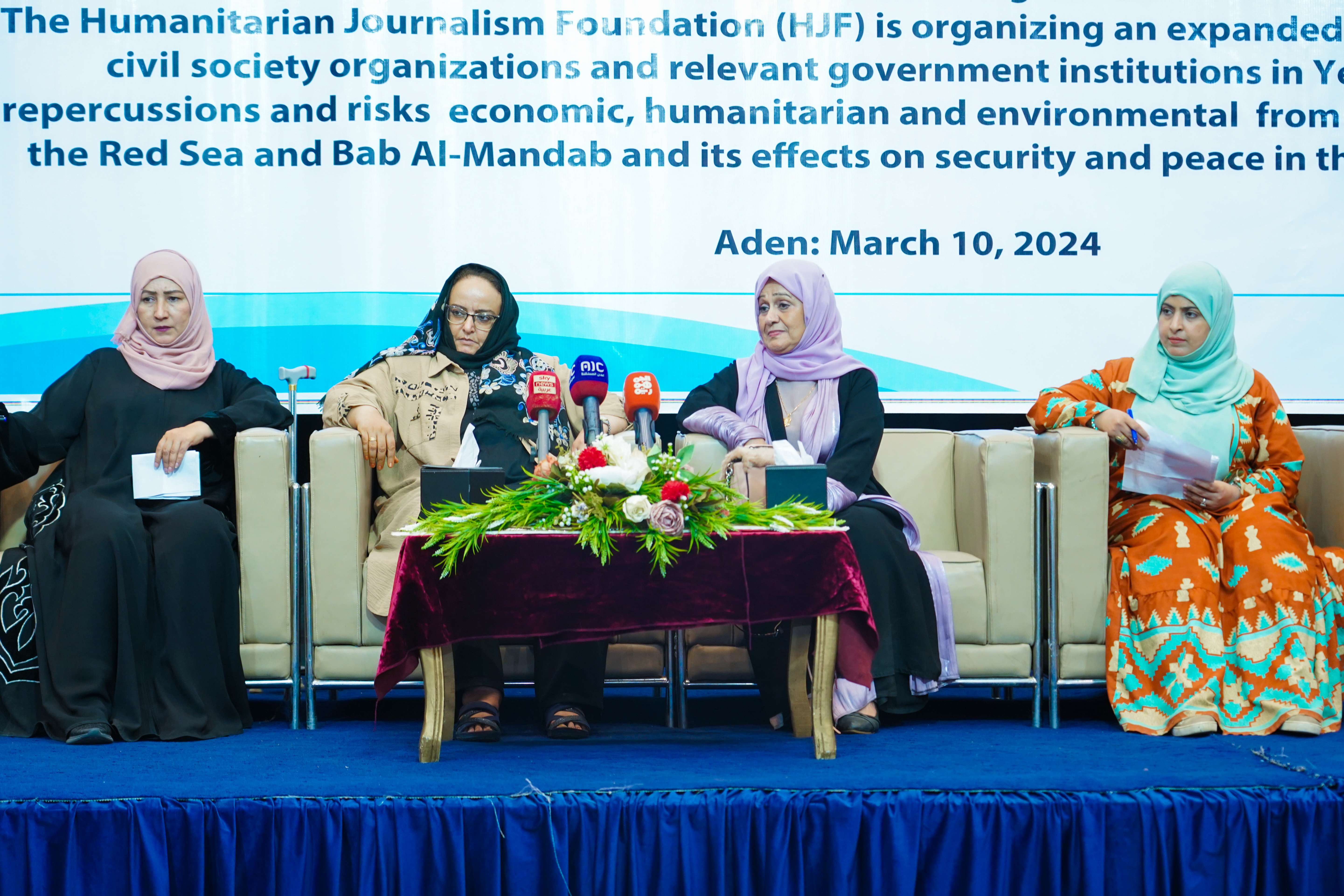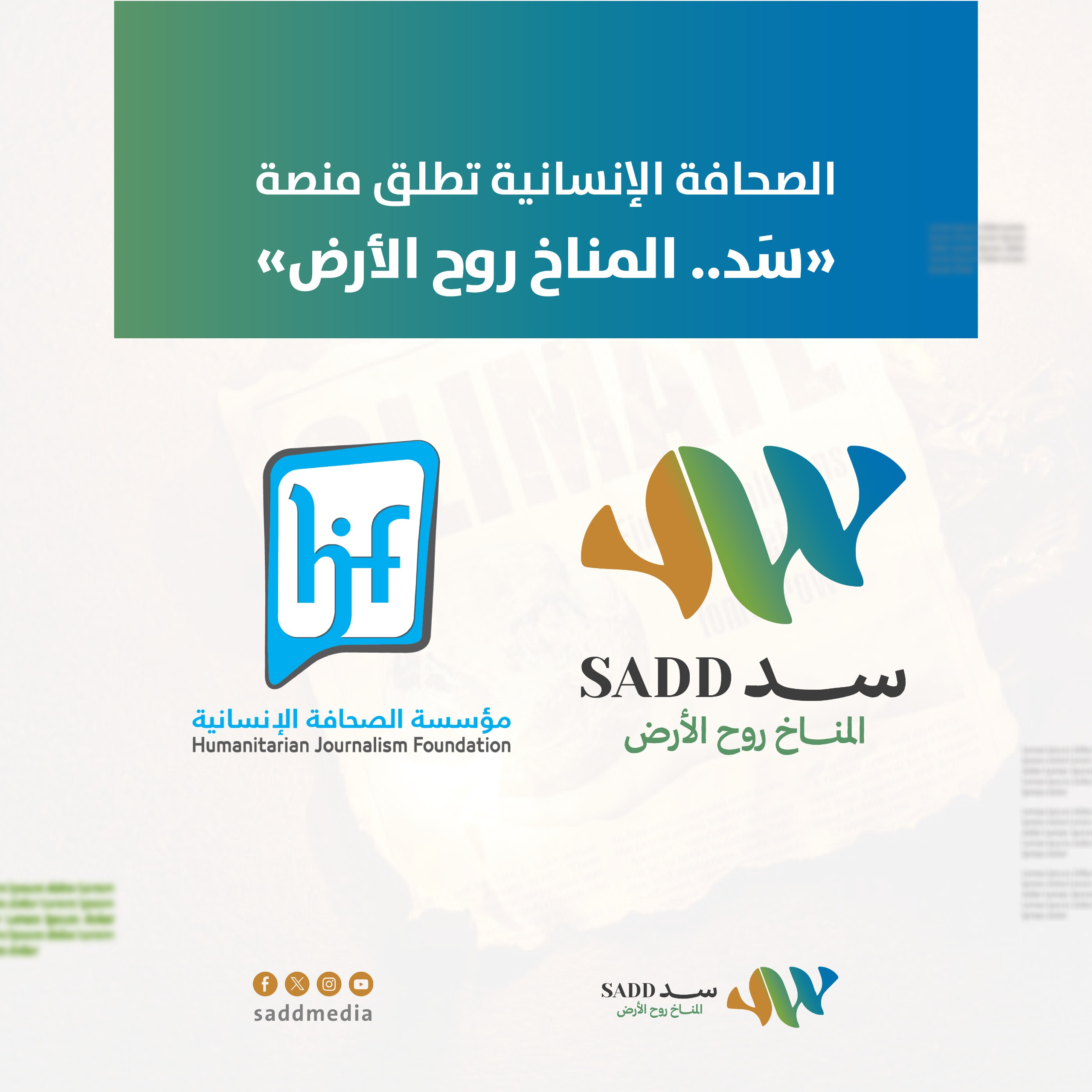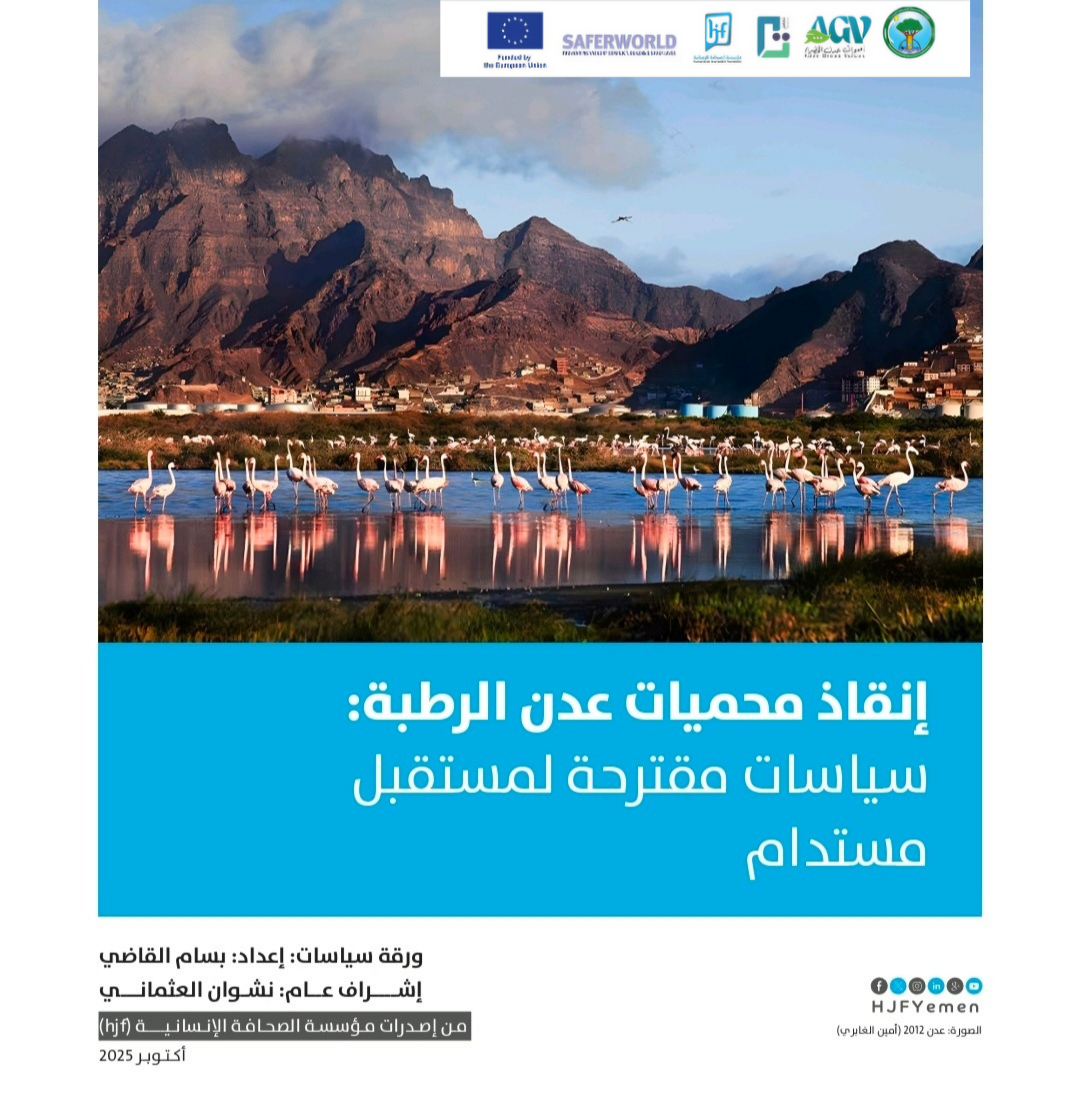A statement issued by the expanded consultative meeting of civil society organizations in Yemen regarding the repercussions resulted from the Houthi escalation in the Red Sea
2024-03-10
Statement issued by the Expanded Consultative Meeting of Civil Society Organizations on "The Economic, Humanitarian, and Environmental Impacts and Risks of Escalation in the Red Sea and Bab-al-Mandeb.
ADEN 10/3/2024
With big concern, civil society institutions participating in the Expanded Meeting "in the temporary capital of Aden" are closely monitoring the economic, humanitarian, and environmental impacts and risks of the Houthi escalation in the Red Sea and Bab-Al-Mandeb, the latest being the sinking of the Roubimar ship off the Yemeni coast, which foreshadows a humanitarian disaster threatening the lives of Yemenis in the near and distant future .
The participants stand before the risks resulting from the military escalation in the Red Sea and Bab-el-Mandeb, manifested in the targeting of commercial vessels and its repercussions on the economic, livelihood, humanitarian, and human rights situation of Yemenis. This escalation diminishes livelihood opportunities amidst the deterioration and weakening of protective factors, posing a threat to human security.
The ramifications of the Houthi escalation in this critical period in our country exacerbate the burdens on civilians, who are already victims of war and crises with no solutions in sight. It shatters their hopes for supporting the peace process across the nation, while simultaneously increasing the magnitude of casualties and pushing the country to the brink of disaster.
This consultative meeting represents an opportunity for broad participation from partners to demonstrate greater responsibility in monitoring the repercussions and risks of escalation in the Red Sea. At the same time, it aims to put forward practical proposals that address immediate needs responsibly in dealing with and preventing risks, as well as addressing the long-term implications. This necessitates the development of programs and interventions to mitigate the effects of the environmental disaster on human life and marine organisms. The Expanded Consultative Meeting has produced a series of recommendations that address the responsibilities of relevant stakeholders at all levels :
United Nations :
1- Assumes responsibility for protecting the Red Sea through the deployment of the UN Mission .
2- Supports the Yemeni government in efforts to prevent and mitigate the risks of environmental disaster, focusing on purposeful programs, including early warning systems.
3- Provides urgent technical support and enhances national and local capacities in assessing and addressing the resulting risks .
4- Implements UN Security Council Resolution 2722, condemning Houthi attacks on ships and escalation in the Red Sea.
5- Holds the Houthis accountable for further escalation that may compel more organizations to suspend their humanitarian operations in Yemen.
6- Increases humanitarian and developmental aid to Yemen .
7- Implements the roadmap developed by the United Nations to achieve a nationwide ceasefire as soon as possible .
International Level:
1. Contributes to preserving the marine environment in the Red Sea and Babal-Mandeb from pollution.
2. Establishes stringent systems to reduce maritime pollution and promote sustainable practices.
3. Monitors the enforcement and activation of maritime laws.
4. Calls on the UN Security Council to classify the Houthi militia as a terrorist group due to its escalating threats to the marine environment, international navigation, and international peace and security.
5. Takes into account the humanitarian situation and human rights in Yemen resulting from military escalation in the Red Sea and Bab-al-Mandeb in any international interventions.
National Level:
1. Formation of a specialized team to assess the environmental impact of surface and subsea water in the oil-contaminated area following the sinking of the Roubimar ship . 2. Establishment of an emergency center to mitigate environmental, humanitarian, and economic crises . 3. Establishment of a central laboratory with state-of-the-art equipment and materials for scientific research and rapid analysis of toxic substances that may pollute the environment.
4. Development of plans and programs to address environmental risks such as pollution within a short timeframe to avoid exacerbating the severity of the situation .
5. Activation of the role of civil society alongside government agencies to mitigate disasters and crises.
6. Updating and enforcing maritime laws to align them with regional and international laws.
7. Unification of political efforts among local forces to address this economic and environmental crisis and its consequences.




